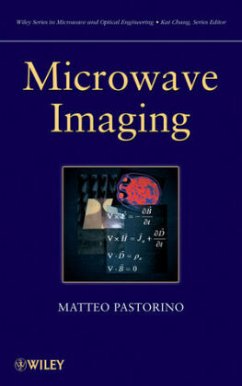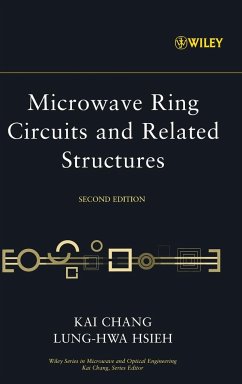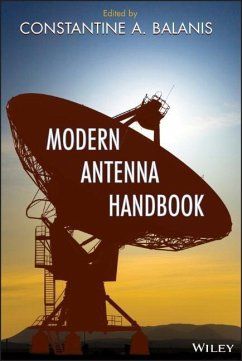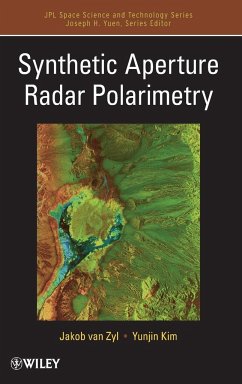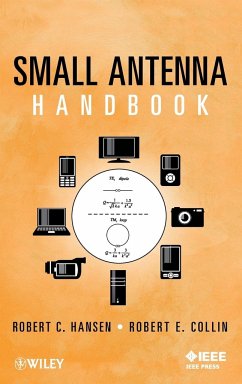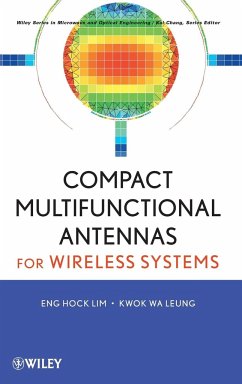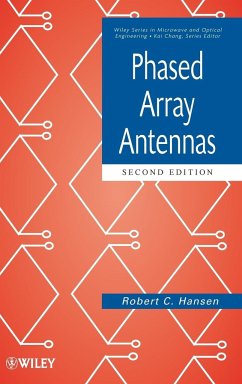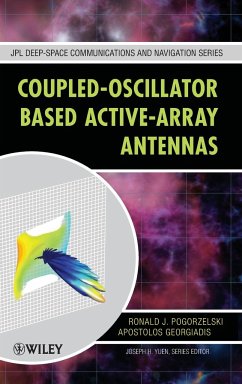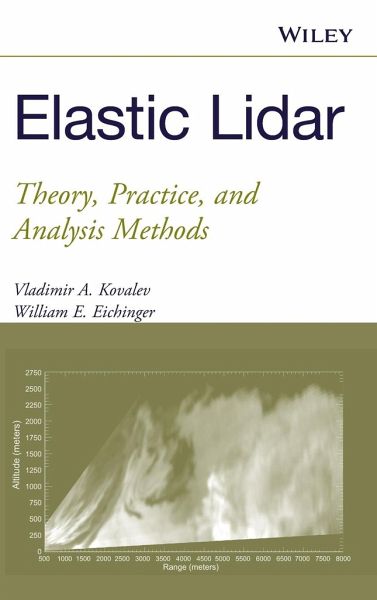
Elastic Lidar
Theory, Practice, and Analysis Methods
Versandkostenfrei!
Versandfertig in über 4 Wochen
206,99 €
inkl. MwSt.

PAYBACK Punkte
103 °P sammeln!
Lidar ist das Akronym für Light Detection and Ranging. Lidar-Systeme arbeiten nach demselben Prinzip wie Radar (Radio Detection and Ranging), tasten die Umgebung in verschiedenen Richtungen und Neigungen jedoch mit einem Impulslaser ab. Beim elastischen Lidar wird Licht, das an den Molekülen und Teilchen in der Atmosphäre gestreut wurde, von einem Teleskop gesammelt und mit einem Photodetektor vermessen. Das Signal wird digitalisiert; man erhält ein detailreiches Echtzeit-Profil der Konzentration von Aerosolen in der Atmosphäre. Dieses Handbuch für Anwender des elastischen Lidars enthält eine tiefgehende Diskussion der praktischen Herangehensweise sowie Informationen zu Inversionstechniken, zur Datenanalyse, zum Aufbau eines elastischen Lidars und zu verschiedenen Testmethoden.






